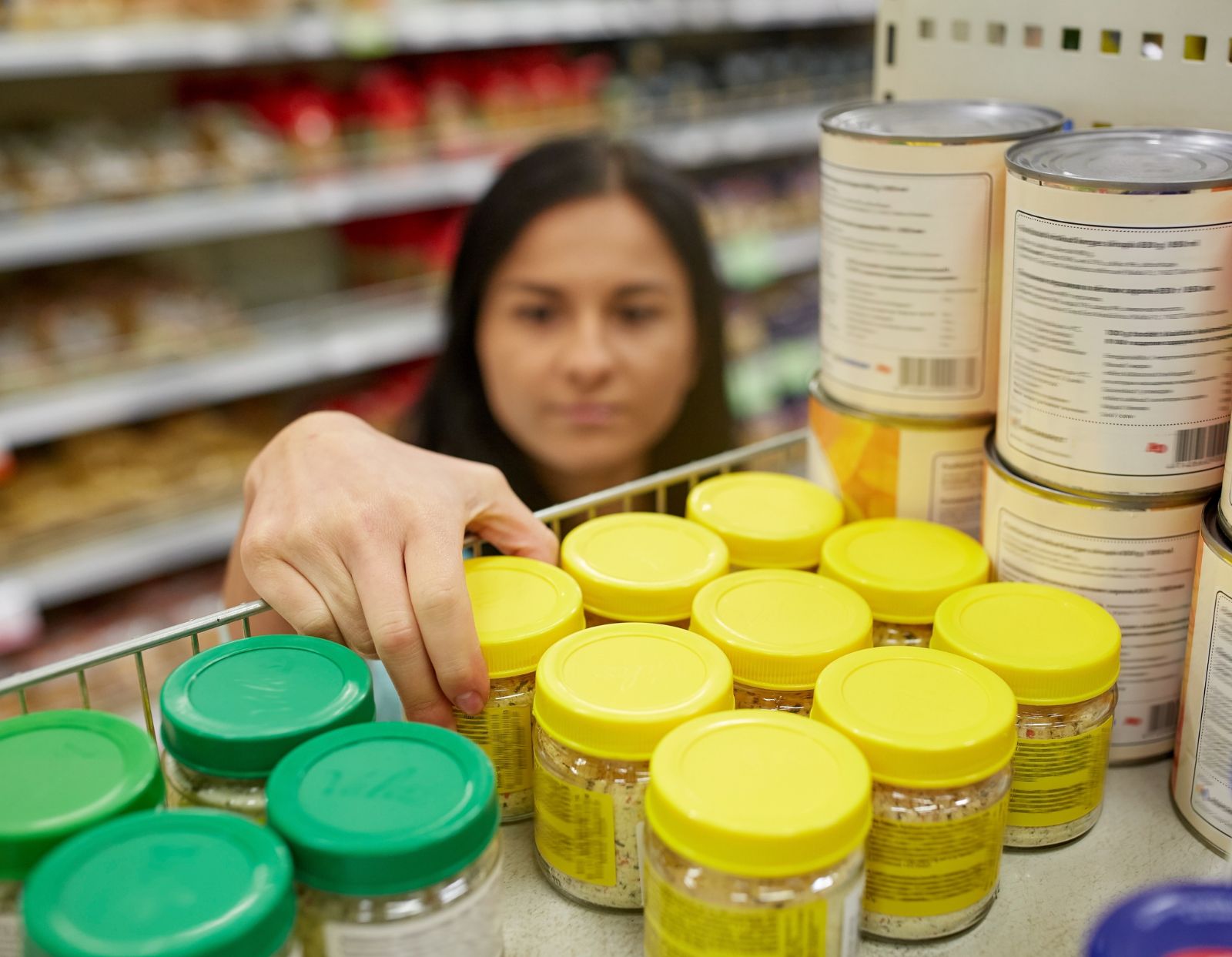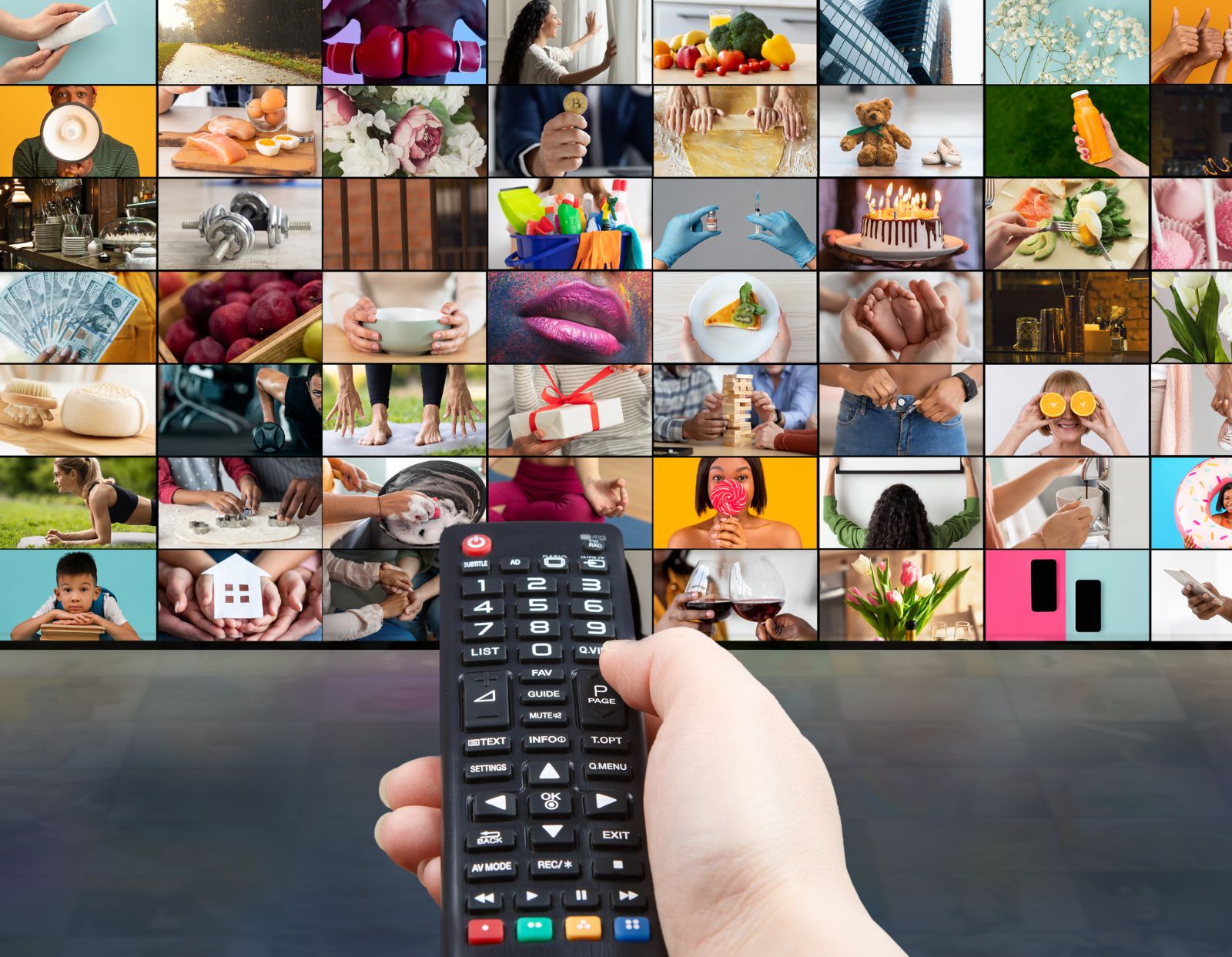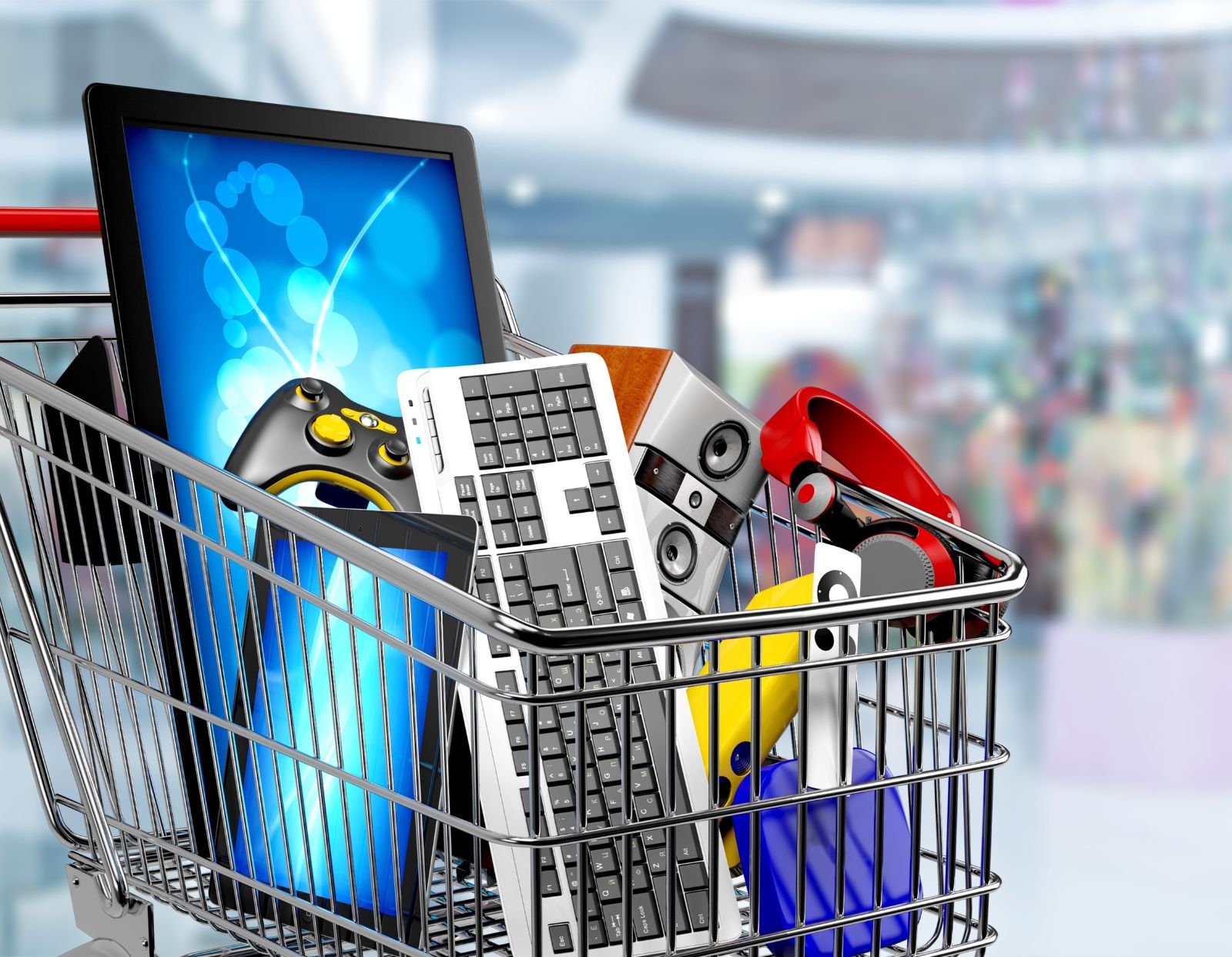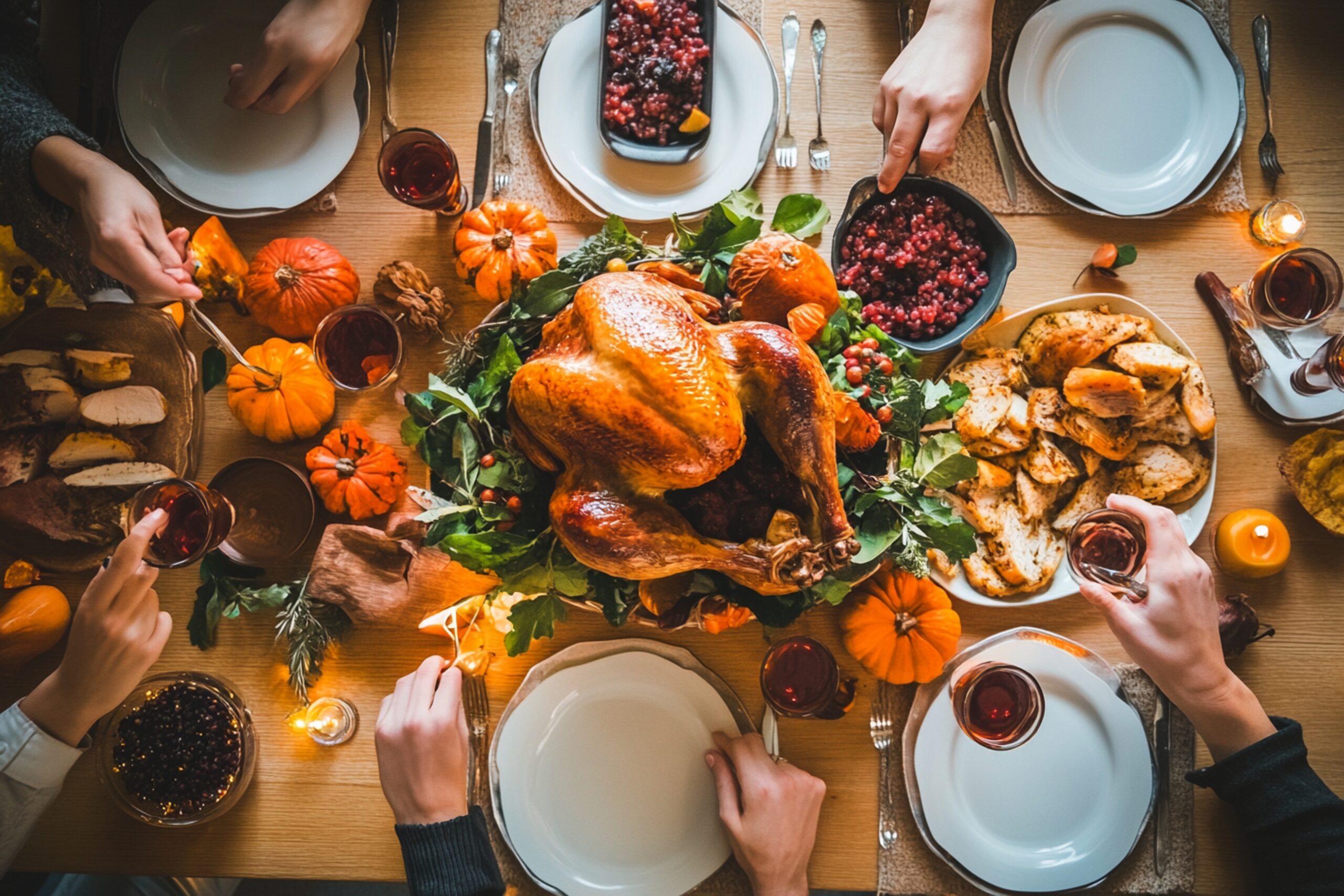Consumer packaged goods (CPG) brands are under mounting pressure to make every digital advertising dollar work harder, driving more impact with less time, less budget, and less margin for error.
Competition is fierce whether it’s winning the shopper’s attention in-store or standing out in the endless scroll of online marketplaces.
One of the biggest challenges is that most traditional broad-reach approaches waste impressions and miss the moments that truly drive purchase.
CPG marketers must go beyond basic demographics and lean on richer, real-time data that reveals intent, context, and behavior. When digital campaigns are built around these sharper insights, they don’t just capture attention—they convert it into measurable sales and stronger return on ad spend (ROAS).
What does audience targeting mean in CPG marketing?
Audience targeting in the consumer packaged goods industry refers to the process of identifying, segmenting, and delivering tailored messaging to specific consumer groups who are most likely to buy a product. Unlike broad-reach TV campaigns, modern CPG marketers are shifting toward precision-based digital strategies—especially to improve ROAS.
Why is precision audience targeting critical for CPG brands today?
The CPG market is more crowded than ever, and shoppers have endless options at their fingertips—both in-store and online.
In this kind of environment, casting a wide net often means wasting valuable ad spend on people who were never going to buy in the first place.
Precision targeting flips that approach.
It helps brands cut down on media waste, connect with shoppers who are most likely to engage, and deliver personalized messages that actually move them to purchase. And most importantly, it ensures you’re reaching high-intent buyers in the exact moments they’re ready to act.
To do that, CPG marketers need to go beyond surface-level demographics like age, gender, or income, and start tapping into deeper insights—things like past purchases, contextual intent, and real-time behavioral signals that tell you who’s truly ready to buy.
What are the top ways consumer packaged goods brands can sharpen their audience targeting?
1. Leverage First-Party and Retail Media Data
If you want to know who’s most likely to buy your product, go straight to the source. Your own first-party data and the shopper insights from retail media platforms like Amazon or Walmart Connect are goldmines.
They don’t just tell you who your customers are, but what they’re buying, how often, and even what else ends up in their carts. That means you can build campaigns around real buying behavior instead of guesswork, and actually see which ads lead to sales.
Tip: Tap into purchase data, SKU-level browsing behavior, and loyalty program signals to build precise audience segments.
2. Adopt AI-Driven Segmentation Tools
AI can help CPG brands move from static audience lists to segments that adapt in real time based on shopper behavior, life stage, and purchase intent. Start with a segmentation audit—review your current audience buckets and identify where targeting feels too broad or outdated. Next, use AI capabilities within platforms like Amazon DSP, Google DV360, or The Trade Desk to build predictive models and lookalike audiences.
Finally, test and refine by tracking which AI-driven segments deliver the highest ROAS, then shift more budget toward those top performers.
Tip: Use AI not just for who to target, but when and where to reach them across digital touchpoints.
3. Utilize Contextual Targeting with Intent Signals
Contextual targeting has evolved with new capabilities. Today’s tools can analyze page-level meaning, real-time weather, location, and device behavior to deliver ads at the exact moments of intent.
Example: A snack brand can target fitness-focused users reading health blogs after gym hours in specific urban neighborhoods.
4. Refine Audience Strategies with Geo & Cultural Layers
Localize your campaigns to address regional preferences, cultural nuances, and seasonal behaviors. For example, during Diwali or Lunar New Year, shopping behaviors shift dramatically.
Action Step: Layer in multicultural segments, regional store footfall data, or event-based behavioral spikes for sharper relevance.
5. Implement Incrementality Testing & ROAS Attribution Models
Click-through rates only tell part of the story. Incrementality testing shows whether your campaign actually drove sales or if those purchases would have happened anyway by comparing exposed audiences with a control group.
ROAS attribution models then help you see which touchpoints (search, social, CTV, retail media) contribute most to those incremental sales.
For consumer packaged goods brands, this means you can identify the audience segments delivering the highest value—whether they’re new shoppers, loyal customers, or price-sensitive coupon seekers—and invest more budget where it truly moves the needle.
Metric to Watch: Campaign ROAS across channels, broken down by audience type (new vs. returning, coupon seekers vs. brand loyalists).
How can CPG brands balance scale and precision?
It’s easy to think that the more precisely you target, the fewer people you’ll reach. But actually the two can work together if you have the right approach.
Start by using programmatic platforms that can optimize in real time so you can widen your reach while still directing spend toward the audiences that respond best. Layer in audience expansion tools, like lookalike modeling, to find new shoppers who share traits with your best customers. And don’t shy away from broad-reach channels like CTV or online video; just overlay them with precise audience filters such as lifestyle, household makeup, or in-market categories.
Balance Tip: Use high-reach media to build awareness, then retarget with tailored messages that speak directly to smaller, high-intent segments. This way you’re filling the funnel and converting the right shoppers without wasting budget.
What platforms help CPG brands with advanced audience targeting?
Here are some key platforms and ecosystems:
| Platform | What It Offers |
|---|---|
| Amazon DSP | In-market shoppers, purchase-based segments, retail media tie-in |
| Meta Advantage+ | Predictive modeling, optimized creative delivery |
| Google DV360 | Cross-channel audience targeting, affinity segments |
| Trade Desk | Omnichannel reach, contextual and behavioral layers |
| Retail Media Networks | Closed-loop measurement, shopper intent, and loyalty data |
To truly maximize ROAS, brands must shift from mass messaging to audience-first strategies
In CPG advertising, every dollar matters. To truly maximize ROAS, brands must shift from mass messaging to audience-first strategies—grounded in real data, real behavior, and real context.
Start with the audience. Deliver the message at the right moment. Test, learn, and optimize continuously.








